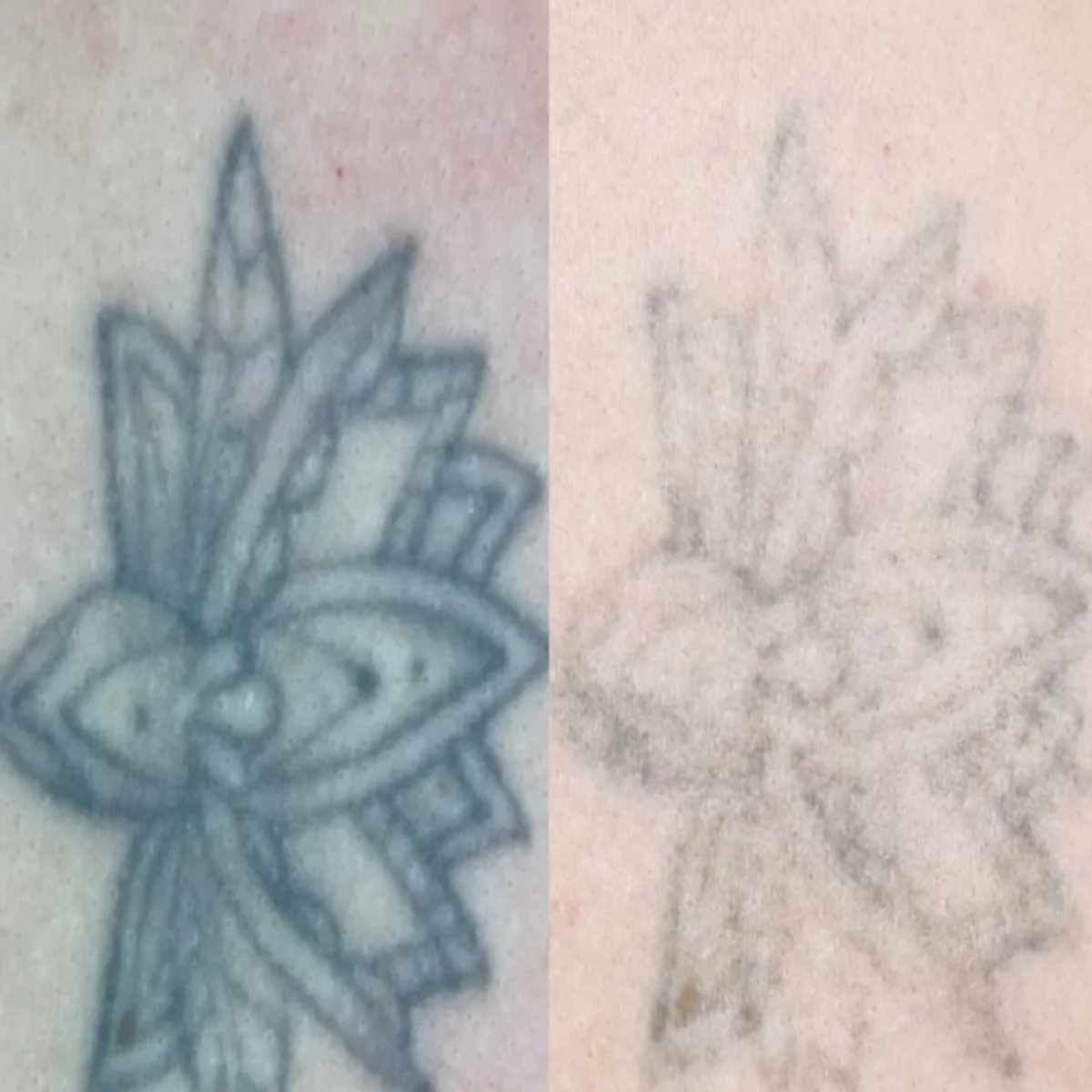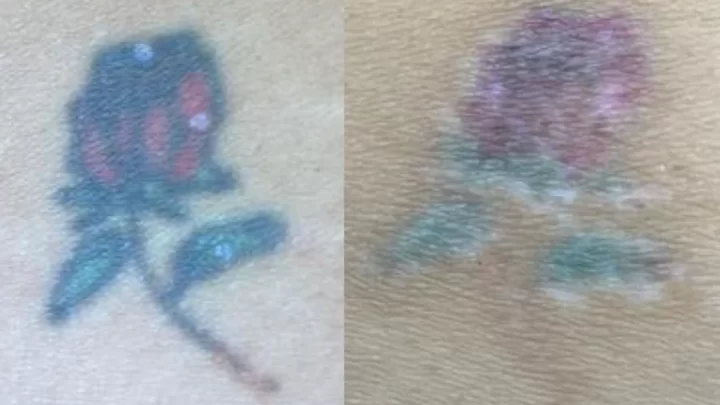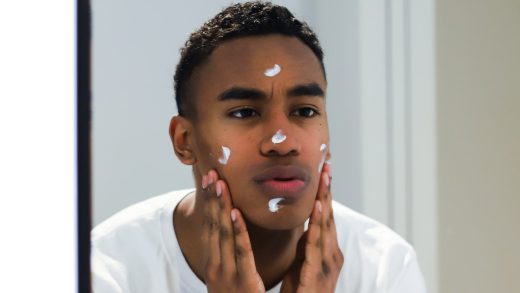People often get tattoos to express themselves. Over time, they may outgrow their old tattoos and feel they no longer represent who they are. In the past, people had limited options for removing unwanted tattoos, resorting to dangerous and painful methods. Thankfully, with the advancement of laser tattoo removal Melbourne, individuals now have a safe and effective way to eliminate unwanted tattoos.
How many sessions for tattoo removal?
This is a commonly asked question, but it isn’t easy to give a simple answer because there are many factors to consider.
First, let’s discuss how tattoos function. Depending on when you got your tattoo, you may or may not remember these details.
Tattoos are created using a specialized needle to puncture the outer layer of skin, known as the epidermis, and deposit ink in the second layer of skin, the dermis. While the epidermis regenerates approximately every 27 days, tattoos remain permanent due to the stability of the dermis, although some fading may occur over time.
Understanding the tattoo removal process involves knowing that lasers target the ink in the dermis with pulses of light energy. This breaks the ink into tiny particles that are then eliminated by the body’s immune system.
Removing a tattoo cannot be expedited, and it requires multiple sessions. At your initial consultation, we will estimate the number of sessions needed and ensure complete transparency in our communication.
The average number of sessions required for complete tattoo removal is typically between 6-10, but it may vary based on specific factors discussed below.
The procedure for laser tattoo removal
To understand laser tattoo removal Melbourne, knowing how tattoos work is essential. Tattoos are created by puncturing the skin with needles that deposit pigment into the dermal layer. This layer is below the top layer of skin, called the epidermis. Due to this process, tattoos have historically been challenging to remove.
The permanency of tattoos is reinforced by the presence of metallic compounds in tattoo inks, which include:
- Copper
- Manganese
- Lead
- Mercury
Now that you know the consequences of getting a tattoo, let’s discuss what happens when you regret one.
Previous Methods
Historically, alternative methods such as dermabrasion, cryosurgery, and excision were used for tattoo removal before the introduction of laser technology. However, these methods were often painful and risky compared to the bloodless and low-risk nature of laser tattoo removal, which also has minimal side effects.
Laser tattoo removal is a cosmetic procedure that uses lasers to break up ink particles in tattoos, with the heat and speed of the laser playing a crucial role in the process.
The Process
For ink particles to crack, they need to expand with the help of heat. This process requires the laser to heat some ink particles rapidly while keeping others cool, as the temperature contrast causes the particles to fragment.
When removing a tattoo, the ink particles are broken down into small pieces for white blood cells to carry to the liver, where they are expelled. The human body plays a crucial role in completing the removal process.
Factors affecting tattoo removal
- Size
The number of laser sessions needed for tattoo removal can vary depending on the size and complexity of the tattoo.
- Ink
Removing colours with laser technology can vary in difficulty. The ease of removal depends on how different colour dyes react to light energy pulses. Black and dark grey are the easiest to remove, followed by red and dark yellow. Removing neons, light blues, and light greens are the most challenging colours.
Origin of your tattoo
Professional tattoos are more difficult to remove than amateur ones due to the ink being injected more profoundly into the dermis and possibly using more ink.
- Age of tattoo
As tattoos age, they tend to fade and lose their vibrancy. This is due to the immune system’s macrophage cells absorbing and dispersing the ink over time. Additionally, tattoos exposed to the sun can fade as UV frequencies break down the ink molecules. Because faded tattoos have fewer ink molecules, they may require fewer laser removal sessions.
- Tattoo placement

Tattoos on fatty tissues closer to the heart may be removed more quickly than those on bonier areas due to increased circulation and immune system activity in the torso, potentially resulting in shorter healing times and fewer sessions.
- Your skin type
Skin colour plays a significant role in the effectiveness of laser tattoo removal, with lighter skin absorbing less laser light than darker skin. The Fitzpatrick-type scale categorizes skin tones from I (very fair) to VI (black), indicating that darker skin may require more sessions for tattoo removal.
Hyperpigmentation and hypopigmentation are potential side effects of laser tattoo removal on darker skin tones, which we aim to prevent by adjusting the intensity of our treatments and extending the process over a longer period.
- Layering
Many people get touch-ups on their tattoos to keep them looking vibrant. Some may also opt for a cover-up, where their original tattoo is turned into something new, requiring more ink. Tattoos with layers or cover-ups may take multiple sessions to remove.
- Your immune system
The laser breaks up ink molecules, which the immune system eliminates from the body. Factors that may affect the speed of this process include illness, smoking, exercise habits, sleep patterns, diet, alcohol consumption, and the use of recreational drugs or medications.
- Scarring
Tattoos, particularly amateur ones, may result in scarring, making their removal more challenging.
Expectations
The first step in laser tattoo removal involves scheduling a consultation to assess your skin and tattoo. During this appointment, you can share any thoughts or concerns and ask questions about the process.
The duration of each tattoo removal session can vary based on factors such as the size, colours, and location of the tattoo. Sessions typically last between 10 and 30 minutes.
Following the session
After completing your session, avoiding activities that may cause sweating for approximately 24 hours is recommended. It is also advisable to refrain from using hot water, taking high-pressure showers, or swimming in lakes for one to two weeks after treatment.
It is important not to shave the treated area until complete healing, which can take four to six weeks. Treatment sessions are usually scheduled four to eight weeks apart, depending on individual healing times.
The fading of your tattoo will be more noticeable after the first treatment, with each subsequent treatment continuing to lighten the tattoo. The results may not be as dramatic as after the initial session, but before and after pictures will show the overall difference.



